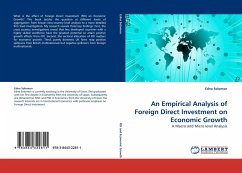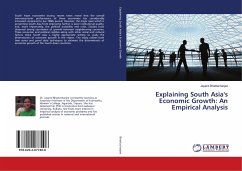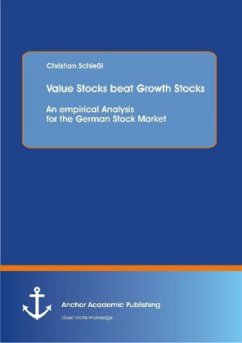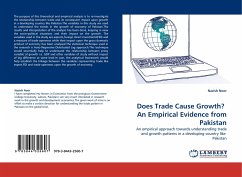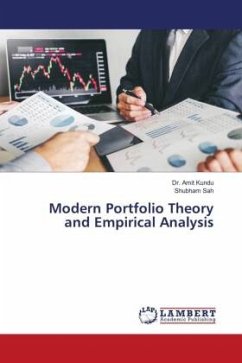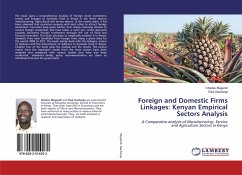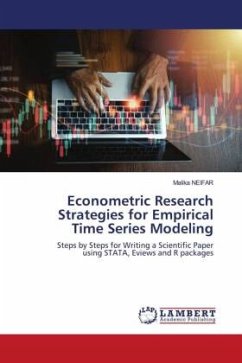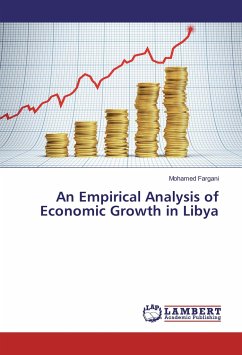
An Empirical Analysis of Economic Growth in Libya
Versandkostenfrei!
Versandfertig in 6-10 Tagen
46,99 €
inkl. MwSt.

PAYBACK Punkte
23 °P sammeln!
This book investigates different aspects of the relationship between economic growth and mainstream macroeconomic variables, using time series data. The time series data is used to attempt to incorporate the major characteristics of the Libyan economy for the period 1962 to 2009 into a macroeconomic model, one objective of which is to estimate the relationship between the three mainstream macroeconomic variables: RGDP, inflation and unemployment, by using some extensions to Okun's Law (1962), Phillips curve (1958), and the Cobb-Douglass (1928) and Solow (1956) growth models. Using a recent eco...
This book investigates different aspects of the relationship between economic growth and mainstream macroeconomic variables, using time series data. The time series data is used to attempt to incorporate the major characteristics of the Libyan economy for the period 1962 to 2009 into a macroeconomic model, one objective of which is to estimate the relationship between the three mainstream macroeconomic variables: RGDP, inflation and unemployment, by using some extensions to Okun's Law (1962), Phillips curve (1958), and the Cobb-Douglass (1928) and Solow (1956) growth models. Using a recent econometric approach of co-integration, Vector Error Correction Mechanism (VECM), Generalised Method of Moment (GMM), Ordinary Least Squares (OLS) and Impulse Response Function (IRF), we can estimate an extended production function to analyse the long-run growth effects of important macroeconomic factors such as inflation, oil revenue, foreign direct investment, trade openness and government expenditure.



